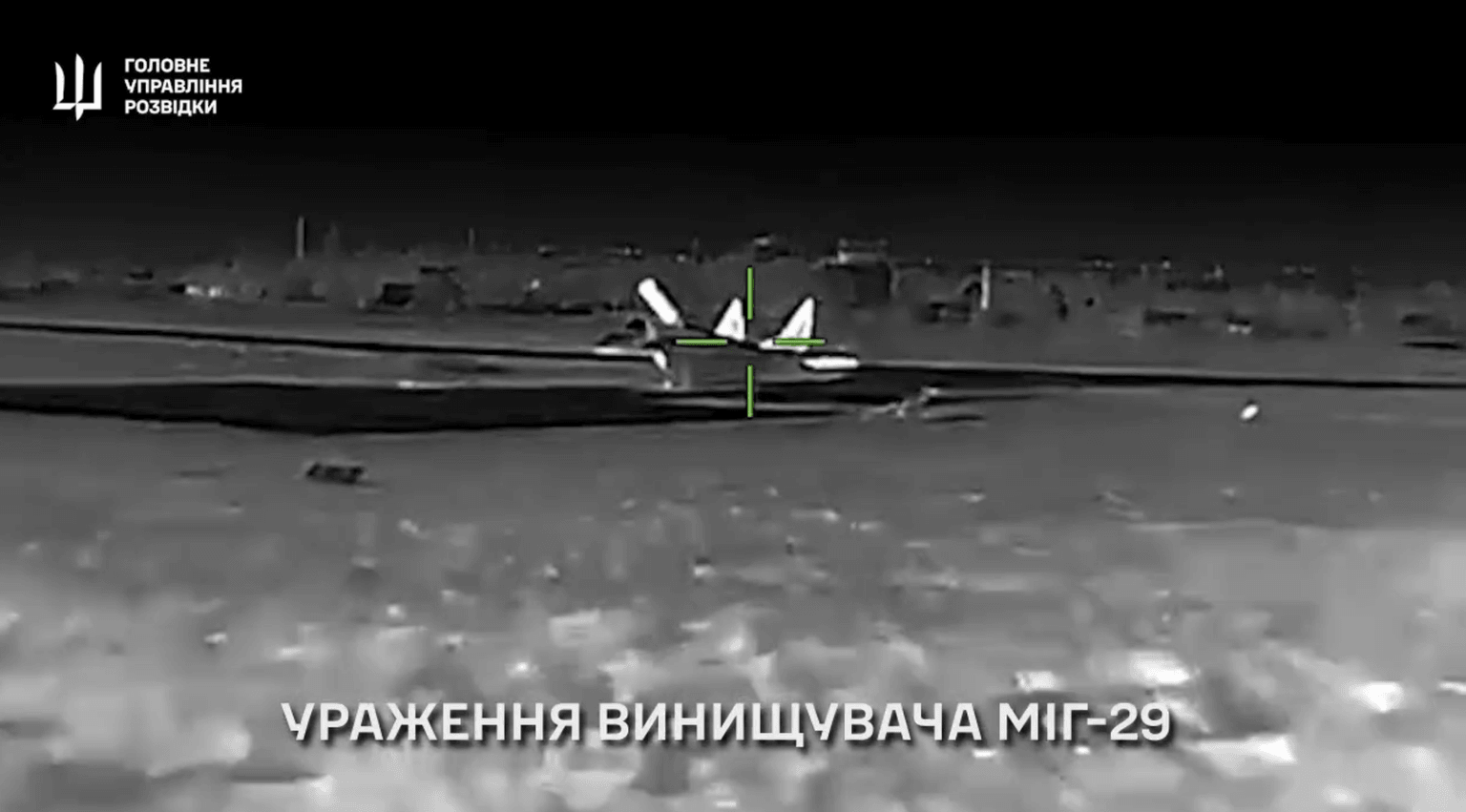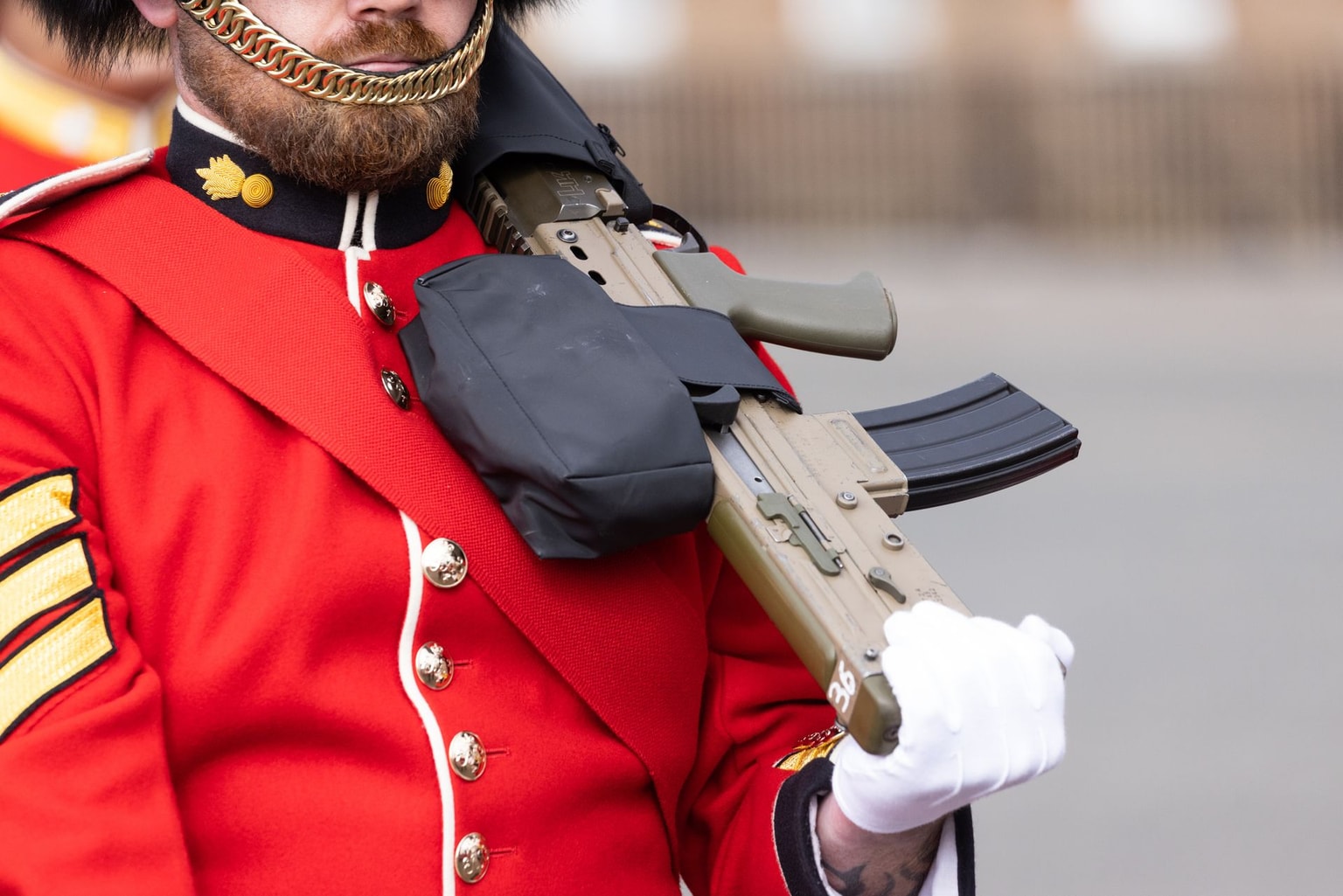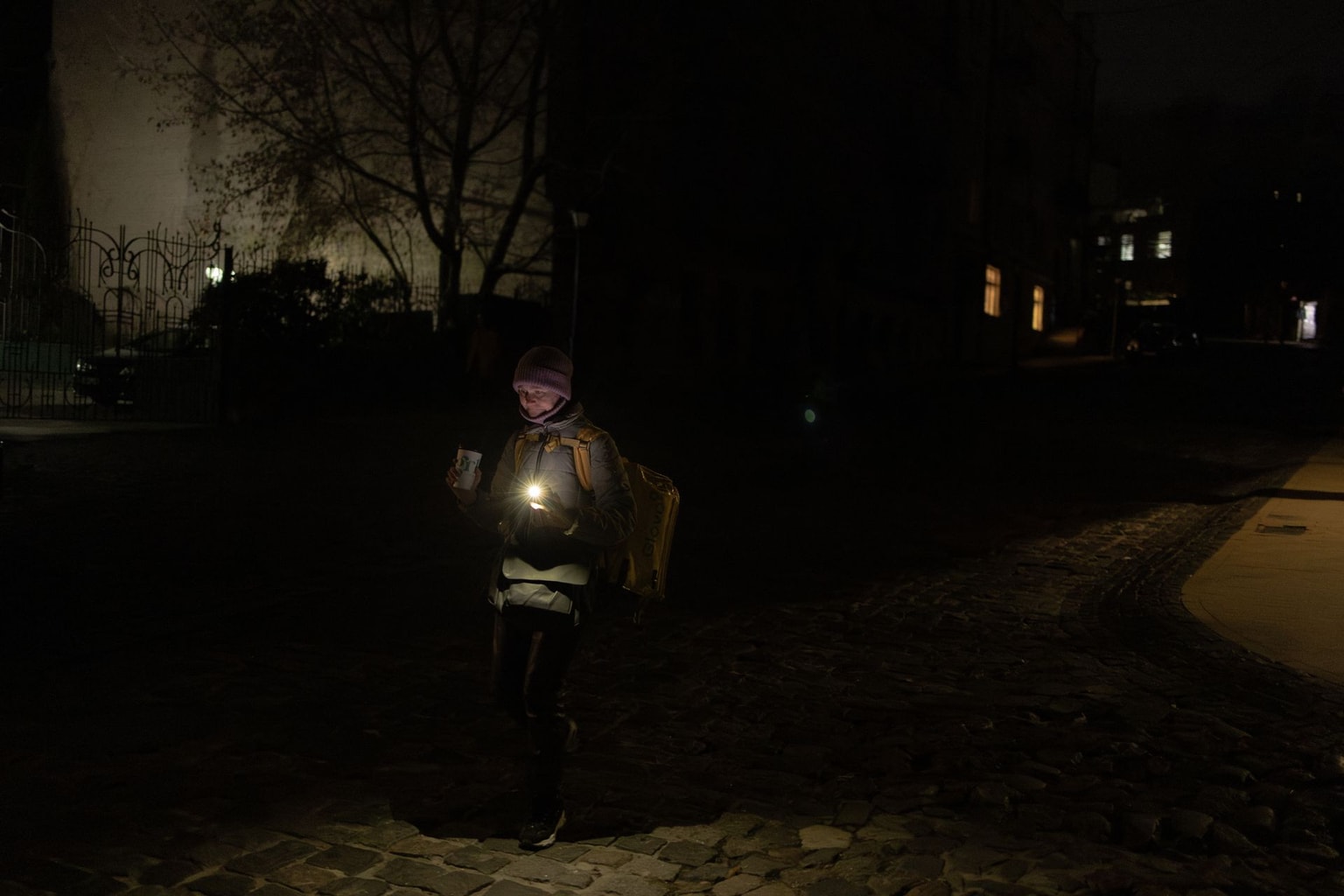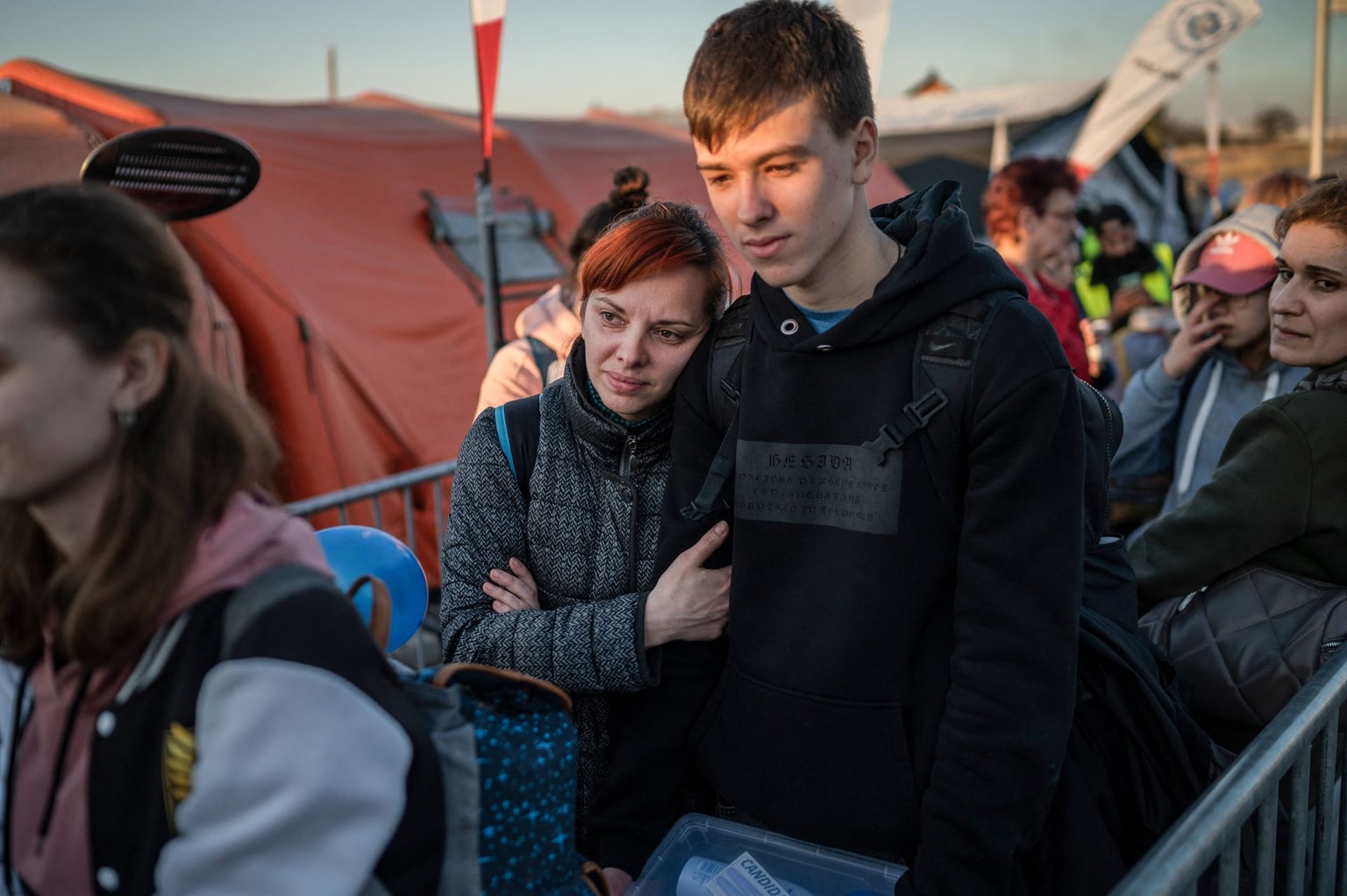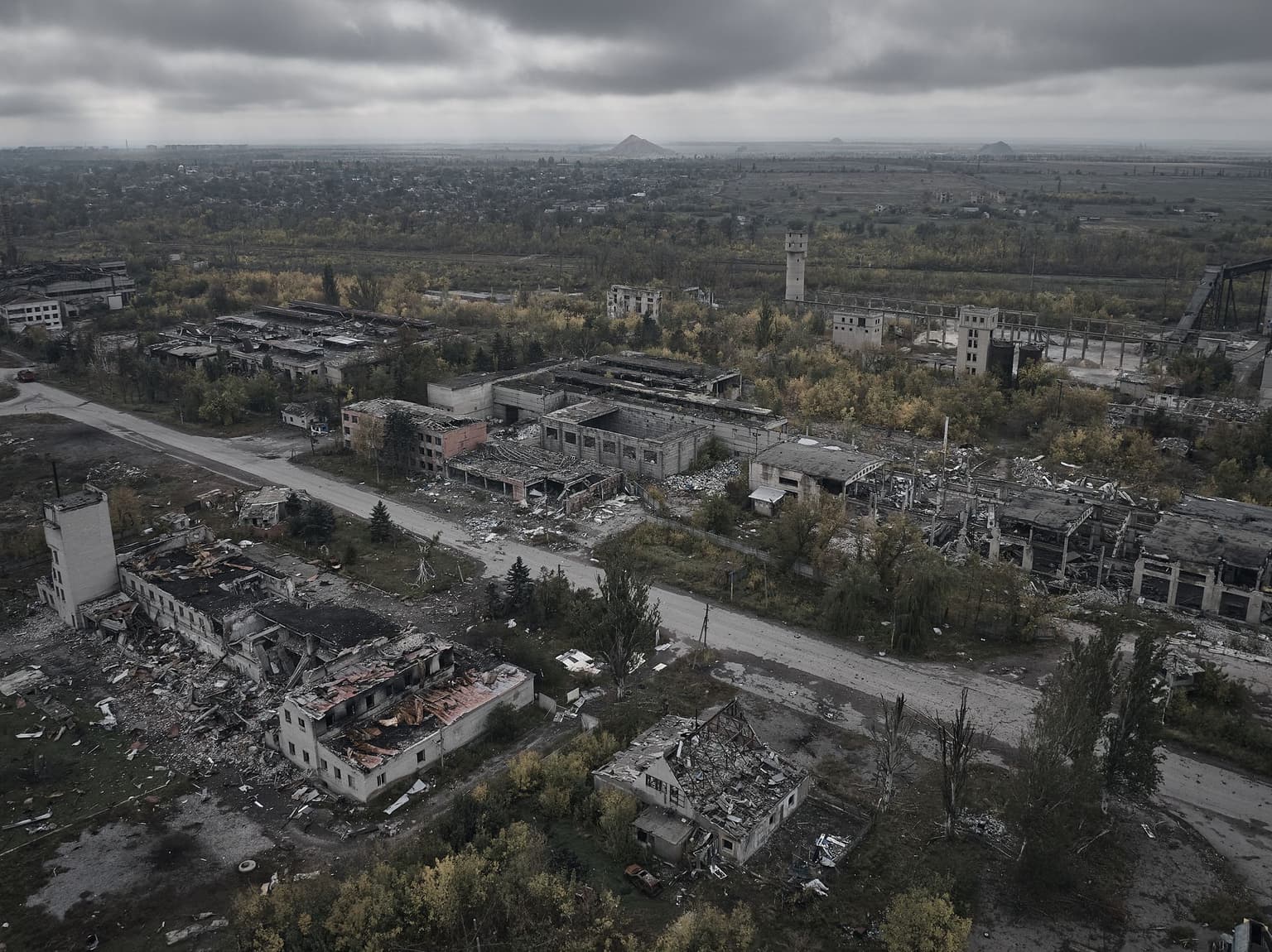
What we know now about the 'encirclement' of Ukraine's Pokrovsk
A general aerial view shows the destroyed city covered in morning fog, following months of intense fighting near the front line, on October 7, 2025 in Pokrovsk, Ukraine (Kostiantyn Liberov/Libkos/Getty Images)
Russian soldiers have advanced further into the city of Pokrovsk, threatening not only to take the city, but to complete a larger encirclement of the surrounding area, as independent analysts and commanders report a serious deterioration of the Ukrainian position in the area.
The defense of the major city in Donetsk Oblast, which has held out for over a year of heavy fighting as one of the main hotspots of the front line, looks to have begun falling apart as Russian soldiers in their hundreds have broken into the city limits, spreading in all directions.
According to the Ukrainian military, 11,000 Russian troops have been concentrated around Pokrovsk in an attempt to surround the city, with President Volodymyr Zelensky telling journalists on Oct. 27 that Russian forces outnumbered Ukrainian defenders 8 to 1.
Speaking during a visit to a military hospital in Moscow, Russian President Vladimir Putin claimed that both Pokrovsk and the embattled city of Kupiansk in Kharkiv Oblast were encircled.
In a bizarre comment — especially considering the recent uptick in fatal attacks on journalists near the front line — Putin added that Russian forces would be prepared to cease fire in the respective areas "for a few hours" so that Ukrainian and foreign journalists could enter, speak to Ukrainian soldiers, and "confirm for themselves the state that these surrounded forces are in."
Ukrainian commanders' reports as well as open-source data show that Putin's claim of a complete encirclement is still far from reality, but the situation is undoubtedly highly dynamic and deteriorating for the defending side.
In a grim development, Russian forces managed to plant the Russian flag on the entrance sign at the Western edge of Pokrovsk on Oct. 29, though the flag is more an exercise in information options than a solid indicator of territorial control.
Pokrovsk. Russian troops used a drone to place their flag on a sign at the city entrance.
— Saint Javelin (@saintjavelin) October 29, 2025
The situation is worsening by the day and has become extremely critical.
Russia has deployed around 11,000 soldiers, 100 tanks, up to 260 armored vehicles, and 160 artillery pieces and… pic.twitter.com/cn0QfK4EFl
Uncontrolled infiltration
Though Russian forces first reached the outskirts of Pokrovsk around late autumn 2024, it wasn't until mid-2025 that the first successful penetrations into the city itself were successfully realised.
In late July, several dozen Russian soldiers broke into the southern neighborhoods of Pokrovsk, taking advantage of the thinly spread Ukrainian lines to seep through the defending positions into the city.
At the time, the infiltration already presented a serious threat to the defense of the city, but thanks to the quick redeployment of specialist assault units, the Russian troops involved were isolated and eliminated before allowing them to dig in and spread further.
From the moment on Oct. 19 that Ukrainian civilians were reported shot dead near the Pokrovsk railway station — several kilometers in the rear from where the front line was understood to be at the time, it was clear that another major infiltration had begun.
Soon after the first pictures of the shooting emerged, the 7th Corps of Ukraine, published videos of Ukrainian drone strikes on the railway station building, claiming that the Russian assault group that had made it that far had been eliminated.
Over the next week, however, more and more videos emerged on social media — often posted by Ukrainian units showing successful drone strikes — of more and Russian soldiers spotted deep in the Ukrainian rear.
By Oct. 27, Ukraine's General Staff admitted that "around 200" Russian soldiers had amassed in the city.
In these conditions of chaotic urban fighting, the idea of a clear front line becomes increasingly blurry, and the task of mapping it for mapping projects — such as the highly regarded independent mapping and analyst group Deep State — becomes increasingly counterproductive.
"They don't control the city, they don't control any whole neighborhoods;" said Roman Pohorilyi, co-founder of Deep State "they just move around chaotically, conduct sabotage and reconnaissance operations, including ambushes."
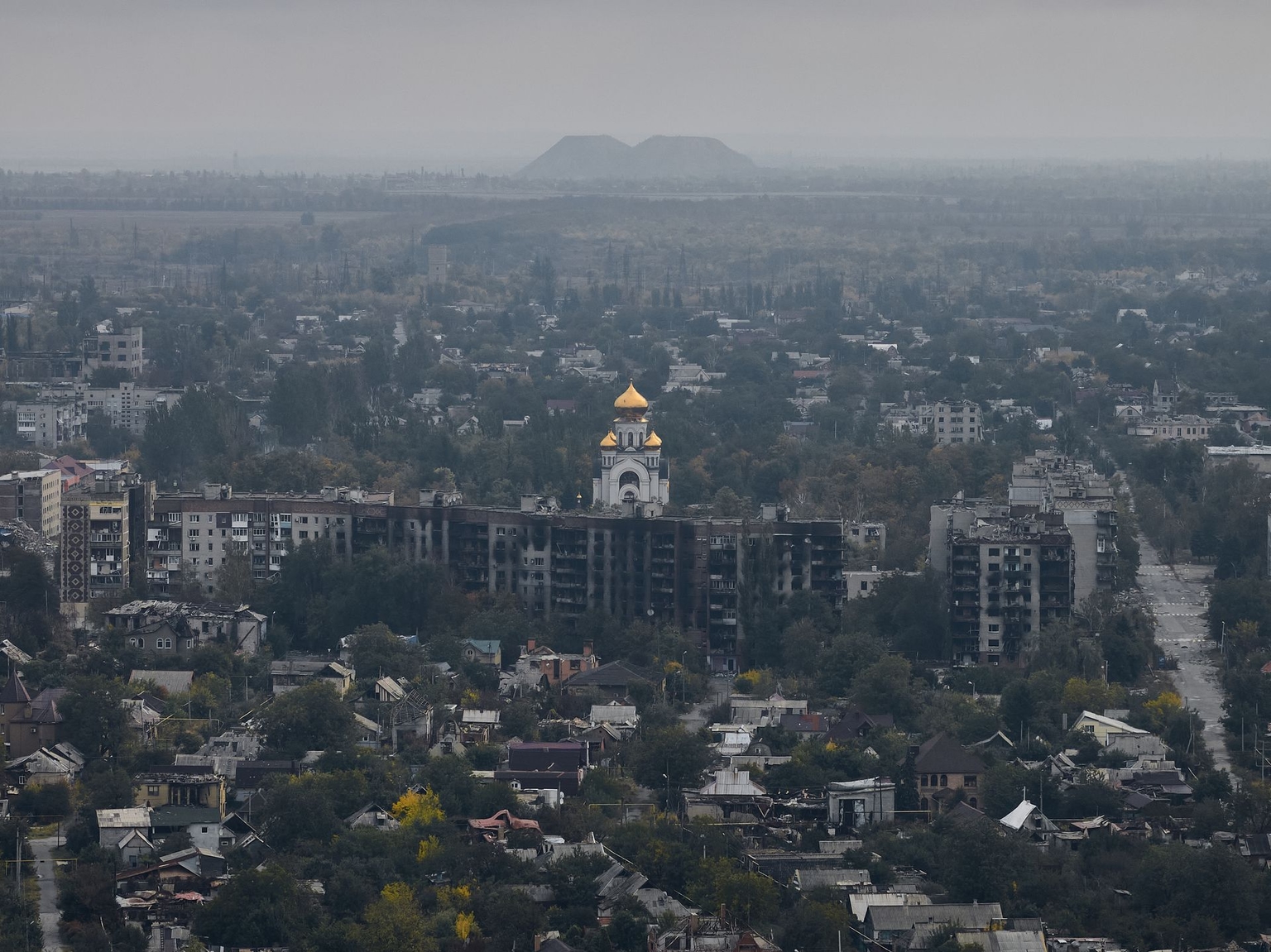
Schrodinger's encirclement
Contrary to Putin's claims, no verifiable evidence of a complete encirclement of Pokrovsk has yet emerged.
In a Facebook post on Oct. 30, Ukrainian Commander-in-Chief Oleksandr Syrskyi said that the Russian president's claims about both Pokrovsk and Kupiansk "do not correspond to reality."
"At the same time, in Pokrovsk, enemy infantry, avoiding combat, accumulates in urban buildings and constantly changes its location," Syrskyi wrote, "so the primary task is to find and destroy them."
Responding to Putin's offer, Ukraine's foreign ministry asserted that Moscow would not hold their side of the agreement.
"Frankly, I don't recommend journalists trust any of Putin's proposals regarding corridors in the combat zone," said foreign ministry Heorhii Tykhyi.
According to the Deep State Map, a corridor around three kilometers wide remains between the two Russian pincers, although these markings are based only on geolocations of isolated Russian presence, and do not reflect territorial control.
While Pokrovsk has turned into a large and chaotic grey zone, the real threat of encirclement hangs over the sister city of Myrnohrad, which lies to the east of Pokrovsk, deeper inside the existing pocket.
Here, Ukrainian forces led by the 25th Airborne and 38th Marine Brigades, have maintained a defense relatively stable to that of Pokrovsk, aided by favorable terrain and the efficient use of drones.
In a Telegram post by Deep State on Oct. 29, the group claimed that Russian forces had cut off logistics lines to Myrnohrad and the Ukrainian positions there.

For now, said the deputy commander of one Ukrainian unit holding positions in the city, — speaking to the Kyiv Independent on the condition of anonymity — the greater danger to his troops is not an encirclement on the ground, but control of all logistics routes into Myrnohrad by Russian drones and artillery.
"Pokrovsk is indeed causing us problems," he said, "but we have been in a de-facto encirclement effectively for three months, and there are still routes remaining to continue defending Myrnohrad."
On Oct. 28 the Ukrainian military's East group of forces said that Russian troops had entered Myrnohrad, but the information was retracted the next day.
"There is no mass enemy presence in the city," the commander told the Kyiv Independent.
"There are isolated cases of enemy sightings, but they are being destroyed."
Deadly prospects
Given the scale and scope of the Russian infiltration of Pokrovsk — and with it, the dissipation of the Ukrainian defense in the sector, saving the city from falling in the short term looks to be a daunting, and likely impossible task.
Unlike in the July infiltration, which was small enough to clear while the defense of the rest of the city held firm, a similar approach will no longer work now, according to Pohorilyi.
"Successfully clearing this or that area does not change the overall situation," he said, "because the main problem isn't solved: the southern part of the city, where they are infiltrating in the first place, isn't locked down."
But even if the Pokrovsk-Myrnohrad pocket somehow holds over the short term, the three-sided encirclement on the flanks of the agglomeration — and the deadly gauntlet of Russian drones hanging over remaining logistics routes that comes with it — means defending the pocket will no longer present a favorable attritional fight for Ukraine.




